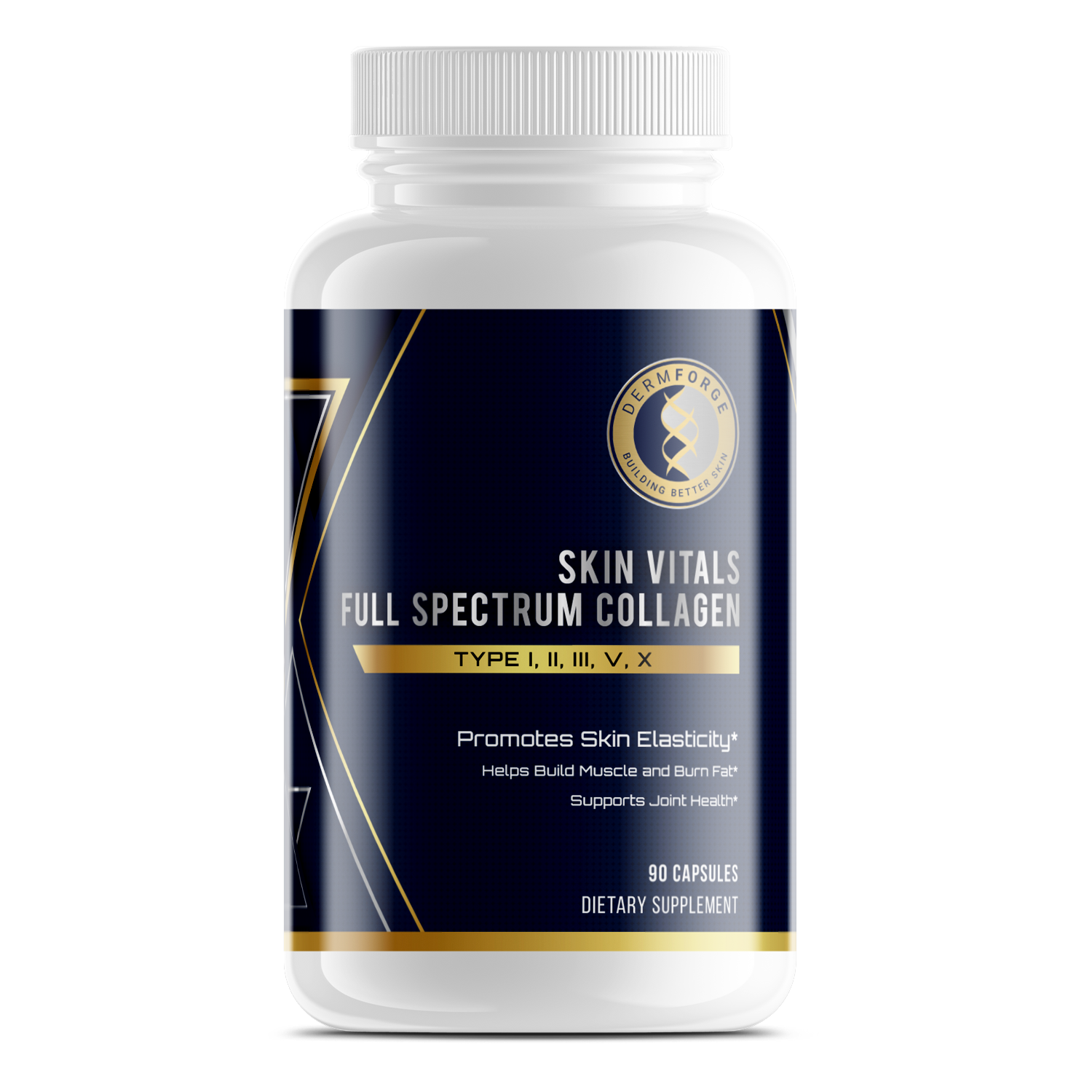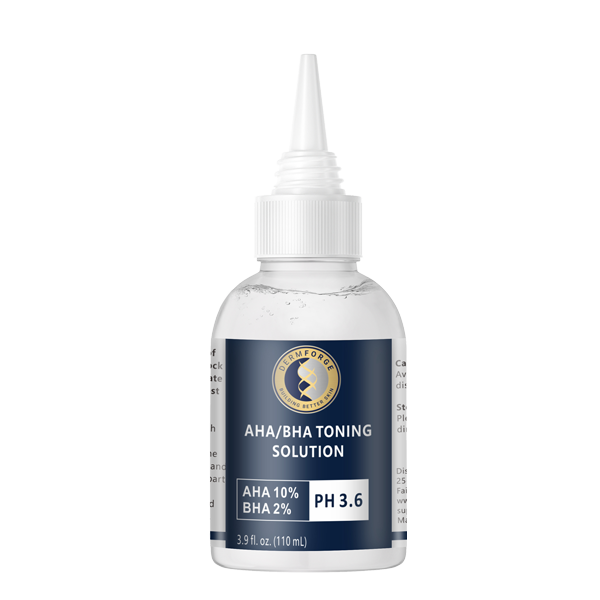Many people look for ways to improve their skin’s texture, brightness, and overall appearance. One ingredient often recommended is glycolic acid. Therefore, Glycolic Acid for nighttime skincare has become a common part of routines designed to support healthier-looking skin.
Glycolic acid belongs to the family of alpha hydroxy acids, known for their ability to exfoliate. Additionally, its small molecular size allows it to penetrate effectively, helping remove dead cells from the surface. Therefore, with consistent use, your skin can appear smoother and more refined over time.
Nighttime is the preferred time for applying glycolic acid. However, the reason goes beyond convenience. Applying it at night lowers sun-related irritation while allowing your skin to focus on repair. Additionally, evening use supports natural renewal cycles that occur while you rest. Therefore, your skin benefits most from this ingredient during hours of recovery.
You may also appreciate glycolic acid for its wide range of effects. It supports brighter tone, reduces visible lines, and helps improve breakouts. Additionally, it prepares your skin to absorb other products more effectively. Therefore, it serves as a versatile step in building a consistent routine.
By learning how glycolic acid works and why nighttime use is recommended, you can decide if it suits your needs. Additionally, starting slowly and pairing it with hydration helps improve comfort. Therefore, with thoughtful use, glycolic acid can become a reliable step in caring for your skin.
What Glycolic Acid Is and How It Works
Glycolic acid is one of the most popular ingredients in skincare because of its ability to improve skin texture. It belongs to the family of alpha hydroxy acids, often called AHAs, which are derived from natural sources like fruits and sugarcane. Therefore, glycolic acid is widely used to help refresh the surface of your skin.
The strength of glycolic acid comes from its small molecular size. Smaller molecules penetrate your skin more effectively, which allows better results. Additionally, glycolic acid works by dissolving the bonds that hold dead cells together on the surface. Therefore, when those cells are removed, your skin looks smoother and more radiant.
Exfoliation is the main benefit of glycolic acid. However, it also supports better absorption of other products that you may use afterward. Additionally, removing dead cells helps improve dullness and promotes a fresher appearance. Therefore, glycolic acid is a common choice for people looking to refine their skin routine.
Glycolic Acid for nighttime skincare is often recommended because your skin repairs itself while you rest. Additionally, nighttime use reduces exposure to sunlight, which can make your skin more sensitive after exfoliation. Therefore, applying glycolic acid at night supports renewal and lowers the chances of irritation.
By understanding how glycolic acid works, you can see why it remains a trusted option in many routines. Additionally, when used carefully, it provides visible results and supports healthier-looking skin over time.
Why Nighttime Is Best for Glycolic Acid
Using glycolic acid at night offers several benefits for your skin. This timing lowers the risk of irritation from daytime sunlight. Therefore, nighttime application is considered the most effective way to integrate glycolic acid into your routine.
Glycolic acid increases your skin’s sensitivity to UV rays. However, applying it before bed minimizes sun exposure during the hours it works best. Additionally, nighttime use allows your skin to rest and repair without interference. Therefore, you gain better results with fewer chances of irritation.
Your body naturally repairs itself while you sleep. Additionally, cell turnover happens more efficiently during this period of rest. Therefore, applying glycolic acid at night supports this natural process and helps reveal fresher, smoother skin. This is why many people choose evening application over daytime use.
Glycolic Acid for nighttime skincare also creates a foundation for better product layering. Moisturizers or serums can work more effectively overnight. Additionally, your skin has uninterrupted time to absorb ingredients and recover. Therefore, the combination of exfoliation and repair creates visible improvements over consistent use.
By choosing to apply glycolic acid in the evening, you protect your skin and support its natural rhythm. Additionally, you reduce risks linked to sunlight while maximizing benefits from rest and recovery. Therefore, nighttime remains the best opportunity for this ingredient to deliver noticeable results.
Key Benefits for Your Skin
Glycolic acid offers several benefits that make it a valuable part of many routines. Its exfoliating action helps reveal smoother skin. Therefore, you may notice improved texture with consistent use. Additionally, skin often feels softer and looks more refined over time.
Another benefit is a brighter and more even tone. Dead skin cells can make your complexion look dull and uneven. However, glycolic acid removes those cells, which supports a fresher and more radiant appearance. Therefore, many people use it to improve overall brightness and clarity.
Fine lines and early wrinkles may also appear less noticeable. Glycolic acid encourages cell turnover, which promotes smoother-looking skin. Additionally, supporting renewal helps maintain a youthful appearance as part of regular care. Therefore, consistent use can contribute to visible long-term improvements.
Glycolic acid also benefits acne-prone skin. Its exfoliating properties help reduce clogged pores that lead to breakouts. Additionally, it can support a clearer complexion when used carefully alongside other treatments. Therefore, many people find it useful for both texture and clarity.
Glycolic Acid for nighttime skincare combines all these benefits into a routine that fits natural repair cycles. Additionally, nighttime application allows your skin to rest and renew without sun exposure. Therefore, you gain maximum results with fewer risks. By incorporating this ingredient, you give your skin consistent support for a smoother, clearer, and brighter look.
How to Incorporate Glycolic Acid into Your Routine
Introducing glycolic acid into your skincare routine requires a careful approach. Starting slowly helps your skin adjust to this active ingredient. Therefore, beginning with a lower concentration is often recommended for better tolerance and comfort.
You may want to apply glycolic acid only a few nights per week at first. Additionally, spacing out applications reduces the chance of irritation. Therefore, this gradual approach allows your skin to build tolerance over time. Once adjusted, you can increase frequency if needed.
Moisturizers play an important role when using glycolic acid. Exfoliation may leave your skin feeling dry or tight. However, applying a nourishing moisturizer after treatment helps restore balance. Additionally, hydration supports skin repair and keeps your complexion comfortable. Therefore, pairing glycolic acid with a moisturizer creates a balanced routine.
Consistency matters when working with exfoliating acids. Therefore, sticking to a schedule and observing your skin’s response is important. Additionally, you should avoid layering glycolic acid with other strong actives on the same night. This reduces the risk of redness or sensitivity.
Glycolic Acid for nighttime skincare works best when introduced with care. Additionally, aligning it with your routine makes application easier to maintain. Therefore, by starting with a gentle approach, using moisturizers, and adjusting frequency, you can experience visible results with less irritation.
Pairing Glycolic Acid with Other Skincare Ingredients
Pairing glycolic acid with other ingredients requires some thought. Certain combinations support better results, while others may cause unnecessary irritation. Therefore, understanding how products work together helps you build a balanced routine.
Hydrating serums are one of the best companions for glycolic acid. Ingredients like hyaluronic acid help restore moisture after exfoliation. Additionally, this pairing reduces dryness and keeps your skin comfortable. Therefore, applying a hydrating product after glycolic acid supports recovery and improves overall results.
Moisturizers also pair well with exfoliating acids. However, you should choose a formula that suits your skin type and needs. Additionally, layering a soothing moisturizer after exfoliation helps protect your skin barrier. Therefore, hydration and exfoliation work together to promote healthier skin.
On the other hand, combining glycolic acid with strong actives like retinol can be too harsh. Additionally, pairing two powerful ingredients may increase redness, dryness, and sensitivity. Therefore, alternating these products on different nights is a better approach for most routines.
Glycolic Acid for nighttime skincare becomes more effective when supported by gentle companions. Additionally, avoiding overly strong pairings keeps your skin balanced and reduces the risk of irritation. Therefore, thoughtful product layering helps you maximize benefits while maintaining comfort and consistency.
What to Expect and Common Precautions
When adding glycolic acid to your skincare routine, it is important to know what to expect. Mild irritation or dryness is common at first. Therefore, starting slowly gives your skin time to adjust. Additionally, using a gentle moisturizer after application helps reduce these effects and supports comfort.
Some people may notice redness or tingling during early use. However, this usually decreases as your skin builds tolerance. Additionally, paying attention to your skin’s response is helpful for adjusting frequency. Therefore, monitoring changes allows you to find the right balance for your needs.
Another important precaution is protecting your skin during the day. Glycolic acid increases sensitivity to the sun, which can raise the risk of damage. Therefore, daily use of sunscreen is strongly recommended when using exfoliating acids. Additionally, reapplying sunscreen outdoors helps maintain protection and reduces irritation caused by UV exposure.
Glycolic Acid for nighttime skincare supports your skin’s natural renewal, but balance and care are important. Additionally, combining it with hydration and sun protection creates a routine that is both effective and safe. Therefore, being consistent with these steps helps you enjoy smoother, clearer skin with fewer unwanted side effects.
Conclusion
Glycolic acid remains a popular choice for improving skin texture, brightness, and clarity. However, using it with care helps deliver the best results. Therefore, starting slowly and building a routine that suits your skin ensures greater comfort and consistency over time.
Nighttime application offers the greatest benefits. Additionally, it reduces risks from sun exposure and supports your skin’s natural repair process while you rest. Therefore, Glycolic Acid for nighttime skincare continues to be a trusted approach for smoother, healthier-looking skin.
Pairing glycolic acid with moisturizers and hydrating serums helps maintain balance. Additionally, avoiding strong actives on the same night prevents unnecessary irritation. Therefore, thoughtful layering encourages better outcomes without overwhelming your skin.
Daily sun protection remains essential when using exfoliating acids. Additionally, reapplication during the day provides stronger defense against UV damage. Therefore, sunscreen and glycolic acid work together to protect and renew your skin effectively.
By understanding how glycolic acid works and how to use it safely, you can create a routine that fits your lifestyle. Additionally, consistency and balance support lasting improvements. Therefore, with mindful application, glycolic acid can become a reliable step in your skincare practice.






